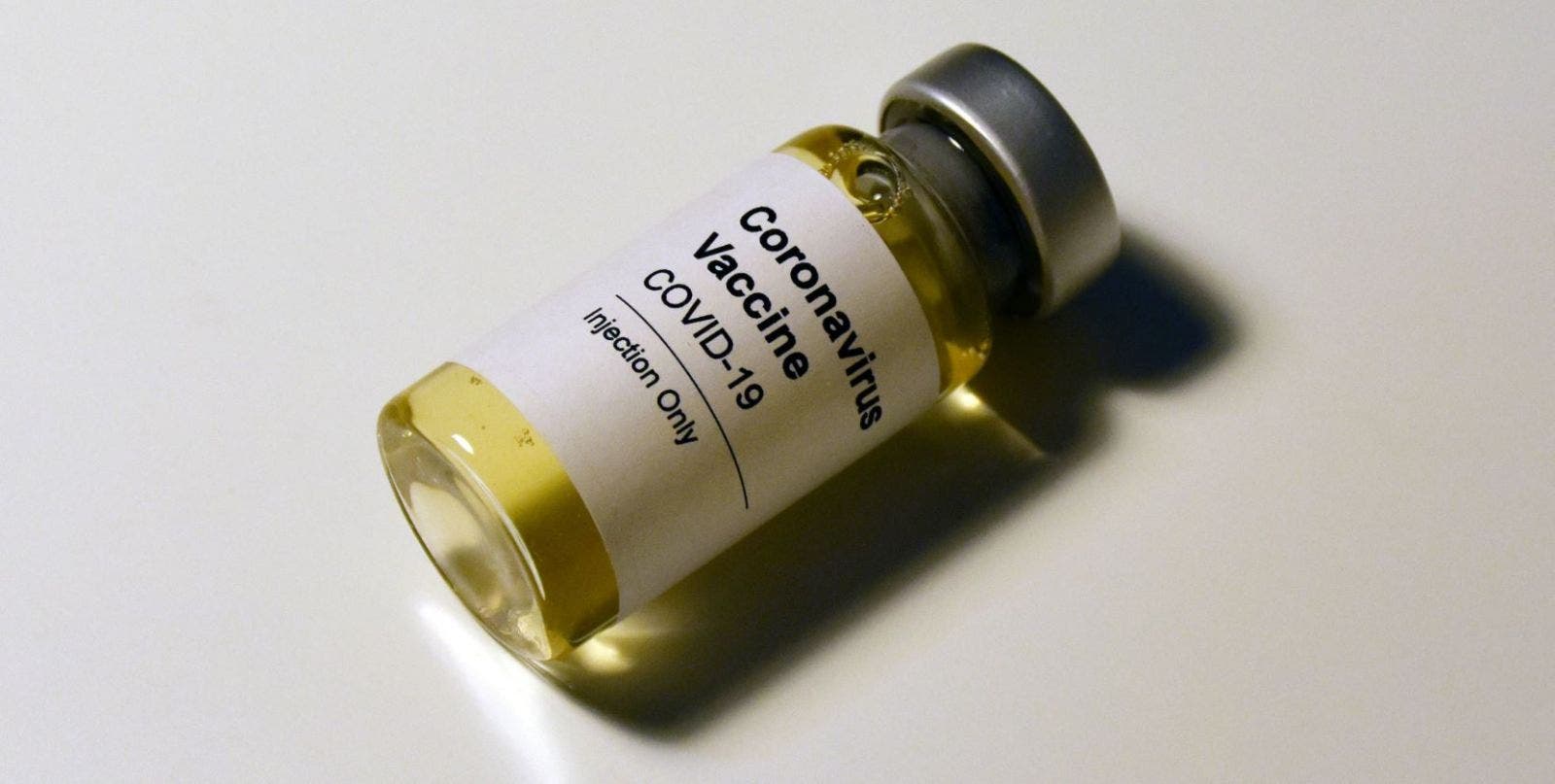AI predicts which people belong to the corona risk group
The coronavirus pandemic is far from over. Although a light is now visible at the end of the tunnel – vaccinations against the virus are running at full speed – it will still take some time before we can go back to our normal everyday life. Until then, however, there are still a few challenges.
Researchers around the world also know this and try to find an optimal approach for COVID patients by using modern technologies. If we already knew which groups of people are particularly at risk, we could better prioritize vaccinations and keep sufficient ventilators available in hospitals. A new AI could support this in the future.
Specifically, the algorithm was trained with data from around 4,000 COVID patients from Denmark. Based on medical history and other factors, the AI should learn which people are most likely to become critically ill. In addition to BMI and age, blood pressure, neurological diseases or gender (men are more at risk) are possible risk factors.
Initial studies indicate that the algorithm can predict with 90 percent accuracy whether a person would die of COVID due to their personal characteristics. In 80 percent of cases, it is possible to correctly calculate whether a ventilator is necessary. The researchers emphasize that the computer can certainly complement human diagnosis.
In addition to the recommendation to vaccinate a person at an early stage, sufficient ventilators could also be available in risk areas. Professor Mads Nielsen of the University of Copenhagen goes a little further and says that the need for such equipment can be planned up to 5 days in advance. The computer could therefore save lives in many cases.
Own opinion:
The novel computer algorithm is just another example of how artificial intelligence can help diagnose COVID-19. In this regard, it is amazing to see what computers are already doing today and how we can one day build a high-performance health system through technology. Perhaps this will also reduce the transmission of infections in hospitals in the long term.



